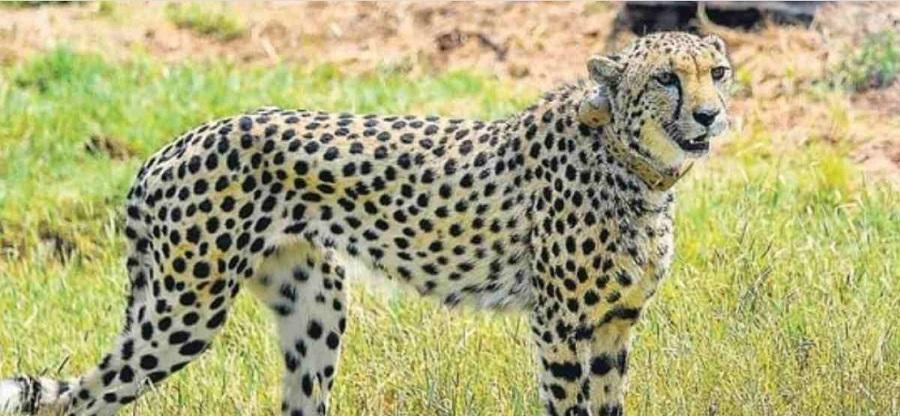Description

Disclaimer: Copyright infringement not intended.
Context
- On the directions of the National Tiger Conservation Authority(NTCA), a team of experts visited the Kuno National Park and reviewed the current status of the Project Cheetah.
Details
- The team observed that twenty cheetahs were successfully translocated to Kuno National Park (KNP) in September 2022 and February 2023 from southern Africa in the initial phase of an ambitious project to re-establish the species within its historical range in India.
About the project
- The project hopes to benefit global cheetah conservation efforts by providing up to 100 000 km2of habitat in legally protected areas and an additional 600 000 km2 of habitable landscape for the species.

Significance
- Cheetahs fulfil a unique ecological role within the carnivore hierarchy and their restoration is expected to enhance ecosystem health in India.
- As a charismatic species, the cheetah can also benefit India’s broader conservation goals by improving general protection and ecotourism in areas that have been previously neglected.
Challenges
- Magnitude and complexity of this scale would face many challenges.
- This is the first intercontinental reintroduction of a wild, large carnivore species and therefore there is no comparable historical precedent.
- Releasing the cheetahs into free-roaming conditions poses substantial risks.
- Like Kuno, no Protected Areas in India are fenced.
- Animals are thus free to move in and out of the park as they wish.
- There have been deaths of two cheetahs in the project.
Behaviour of cheetahs
- Cheetahs, like other large carnivores are known to range widely during the initial few months after being reintroduced into unfamiliar open systems.
- These movements are unpredictable and depend on many factors.
- After several months the cheetahs should establish their own communication networks and settle down in relatively fixed home ranges.
- It is important that individual cheetahs do not become totally isolated from the reintroduced group during this phase as they will then not participate in breeding and will thus be genetically isolated.
- Cheetah home-range sizes and population densities vary tremendously for different cheetah populations in Africa.
Future steps that would be undertaken
- Five more cheetahs (will be released from the acclimatisation camps into free-roaming conditions in KNP.
- The remaining 10 cheetahs will remain in the acclimatisation camps for the duration of the monsoon season.
- Further releases into KNP or surrounding areas will be done in a planned manner to Gandhisagar and other areas as per the Cheetah Conservation Action Plan to establish meta population.
MUST READ ARTICLES:
Cheetah: https://www.iasgyan.in/daily-current-affairs/cheetah
|
PRACTICE QUESTION
Q) Intercontinental reintroduction of a wild, large carnivore species poses substantial risks and challenges. Discuss in the context of Project Cheetah. (250 words)
|

https://www.pib.gov.in/PressReleasePage.aspx?PRID=1922515












